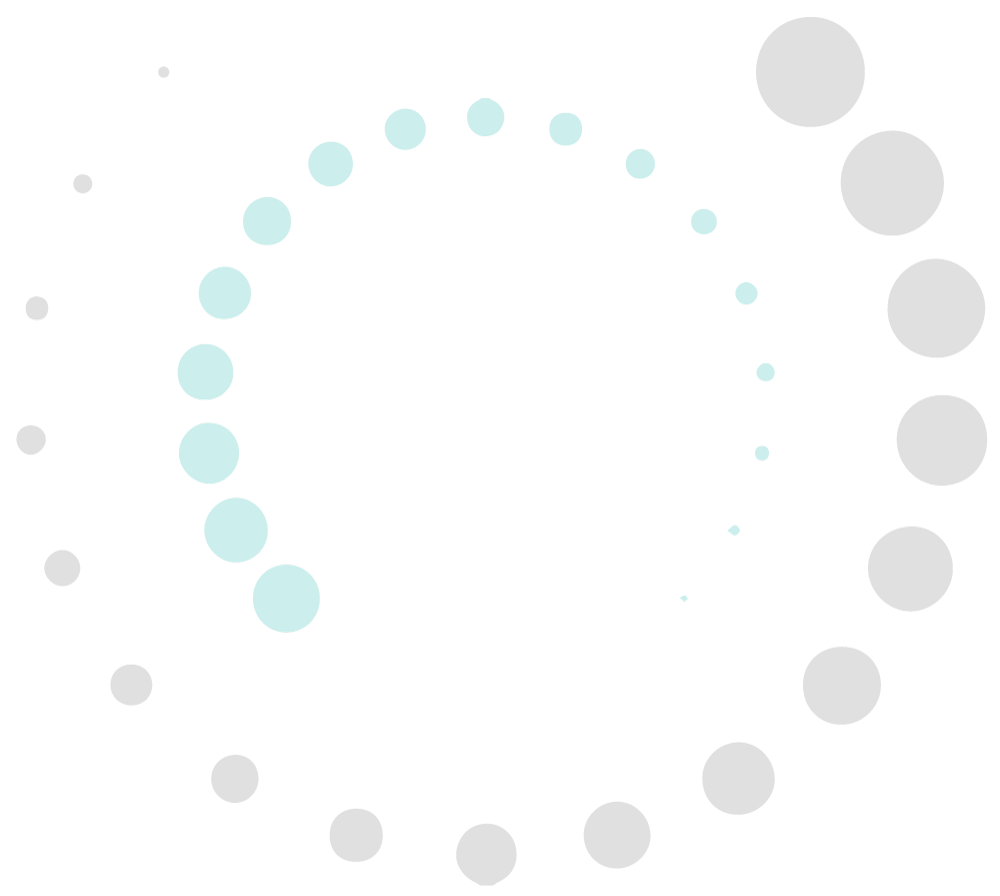
Vacuum therapy
The vacuum therapy is based on the application of negative pressure exerted on the skin and the underlying tissue.
The vacuum therapy, also known as negative pressure therapy or intermittent vacuum therapy, is a medical treatment method that exerts physiological effects on the body through the application of negative pressure. The aim is to promote the healing process of injuries, improve circulation and cell metabolism, as well as to reduce swelling. This method is utilized in various medical fields, including wound healing, sports medicine, and rehabilitation.
Mechanism of Vacuum Therapy
The vacuum therapy is based on the application of negative pressure exerted on the skin and the underlying tissue. This suction effect leads to a series of physiological reactions:
Increased Circulation
The negative pressure stimulates the blood vessels and improves blood flow in the affected area. This promotes the transport of oxygen and nutrients to the cells and accelerates healing.
Improved Lymphatic Drainage
Through negative pressure, lymph flow is promoted, leading to faster removal of metabolic waste and excess fluids. This helps reduce swelling and edema.
Tissue stimulation
The interaction of negative pressure and normal pressure stimulates the tissue, leading to enhanced cell division and regeneration. This is especially important for wound healing and the regeneration of damaged tissues.
Pain relief
The negative pressure can also have a pain-relieving effect by improving microcirculation and reducing swelling. Additionally, the enhanced transport of inflammatory mediators helps to reduce pain.
Application Examples of Vacuum Therapy
The vacuum therapy is used in various medical and therapeutic fields:
1. Healing
One of the most well-known applications of vacuum therapy is Vacuum-Assisted Closure (VAC) therapy, which is used to treat chronic or hard-to-heal wounds. This involves using a negative pressure system to relieve the wound area, promote granulation tissue formation, and accelerate wound healing.
2. Sports Medicine and Rehabilitation
Intermittent vacuum therapy is often used by athletes after intense training sessions or injuries to improve circulation, reduce swelling, and promote recovery.
3. Lymphatic drainage
In lymphology, vacuum therapy is used to stimulate lymph flow and treat lymphedema. The negative pressure helps to alleviate blockages in the lymphatic vessels and transport lymph fluid more efficiently.
4. Improvement of peripheral circulation/ cardiovascular stimulation
Patients with circulation disorders, such as peripheral arterial occlusive disease (PAOD), benefit from vacuum therapy. The negative pressure promotes blood flow in the extremities and capillary proliferation, resulting in improved oxygen supply to the tissue.
5. Cosmetic Treatments
In aesthetic medicine, vacuum therapy is used to improve skin elasticity, reduce cellulite, and firm tissue. Enhanced blood flow and stimulation of cell metabolism optimize the skin's appearance.
Benefits of Vacuum Therapy
The vacuum therapy offers a range of benefits that make it a valuable addition in the treatment of injuries, chronic wounds, and circulatory disorders:
Accelerated Wound Healing
The vacuum sealing therapy leads to accelerated wound healing by relieving excess fluids from the wound and promoting the formation of new tissue.
Improvement of circulation and lymph flow
By promoting microcirculation and lymphatic flow, the tissue is supplied more effectively with oxygen and nutrients, while metabolic waste is removed more efficiently.
Pain relief and cardiovascular stimulation
The reduction of swelling and the improvement of blood circulation often leads to significant pain relief, especially in patients with chronic injuries or circulation disorders.
Non-invasive treatment method
Vacuum therapy is a non-invasive method that can be performed without surgical intervention or medication. This makes it a low-risk alternative or complement in wound care and rehabilitation.
Promotion of Tissue Regeneration
Through regular application of negative pressure, the tissues are stimulated to regenerate more quickly, which is especially beneficial for sports injuries and muscular issues.
Processes of vacuum therapy at the cellular, tissue, and biochemical levels
The vacuum therapy affects a variety of biological processes on different levels:
Cellular
level
Mechanical Cell Stimulation: The negative pressure causes the stretching of cell membranes. This leads to mechanical stimuli that stimulate the production of growth factors and cytokines. These substances promote cell division and support tissue healing.
Oxygen Supply to Cells: The improved blood flow from vacuum therapy increases the oxygen supply to the cells, optimizing their function and regeneration. Better oxygenation also accelerates cell metabolism and promotes healing.
Fabric
level
Promotion of Angiogenesis: Negative pressure stimulates the formation of new blood vessels (angiogenesis). This process is crucial for wound healing and tissue regeneration, as new blood vessels ensure the supply of oxygen and nutrients.
Reduction of Swelling and Edema: Negative pressure helps to remove fluids from the tissue, leading to a reduction in swelling and edema. This improves mobility and alleviates pressure on the surrounding tissue.
Biochemical
level
Release of Growth Factors: The mechanical stimulation of cells and tissues through suction leads to the release of growth factors such as vascular endothelial growth factor (VEGF), which supports angiogenesis and promotes tissue repair (including capillarization).
Reduction of Inflammatory Mediators: Vacuum therapy can decrease the release of pro-inflammatory molecules like cytokines, resulting in a reduction of inflammatory responses. This helps alleviate pain and swelling.
Stimulation of Collagen Production: The mechanical stress on the tissue stimulates the production of collagen, an important protein for the stability and elasticity of the tissue. This is especially significant in wound healing and tissue repair.
Conclusion
Vacuum therapy is a versatile and effective treatment method that has positive effects on the body at various levels – cellular, tissue-specific, and biochemical. It promotes wound healing, improves blood circulation, reduces swelling, and can alleviate pain. Due to its non-invasive nature, it offers numerous advantages in modern medicine, particularly in wound care, sports medicine, and rehabilitation. The targeted application of negative pressure helps accelerate healing processes and enhances patient well-being.

